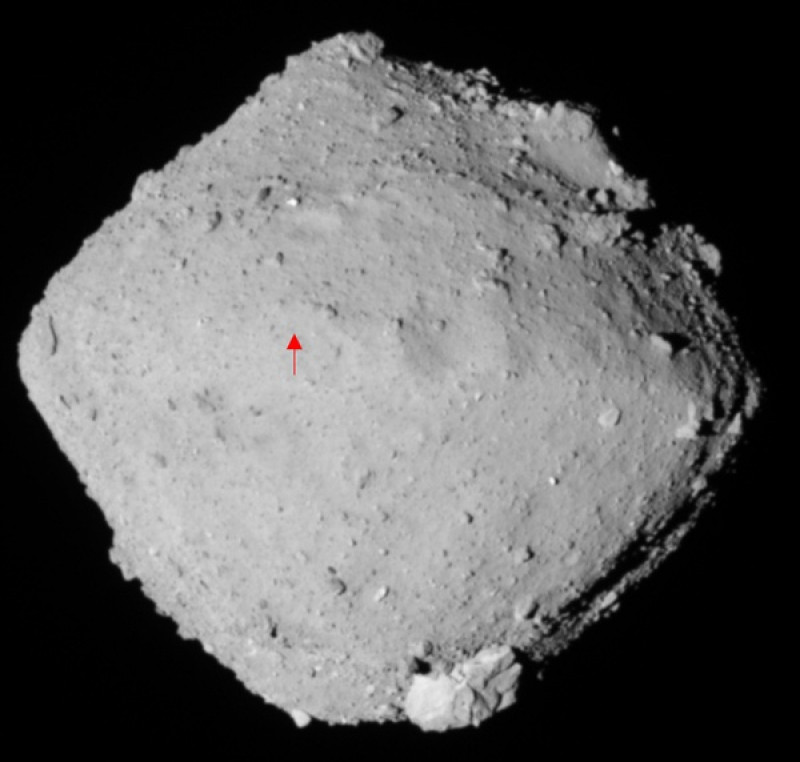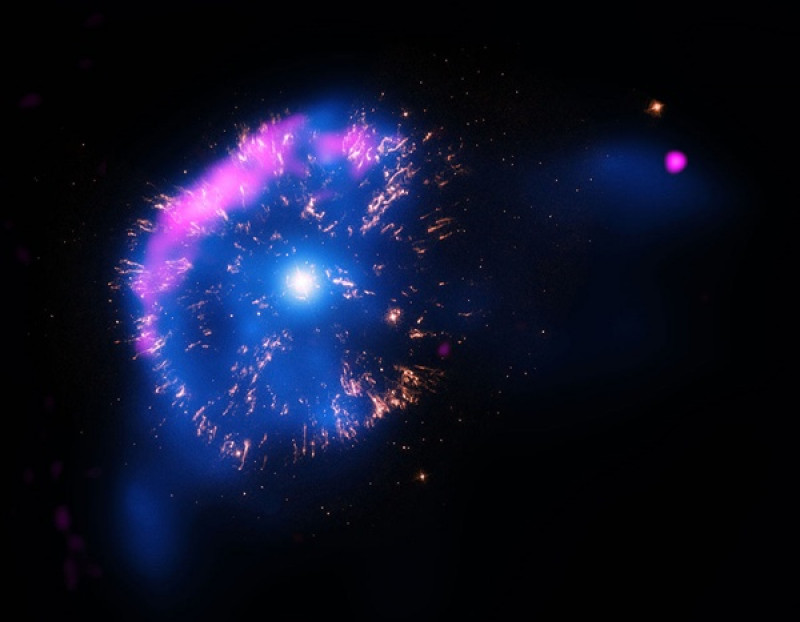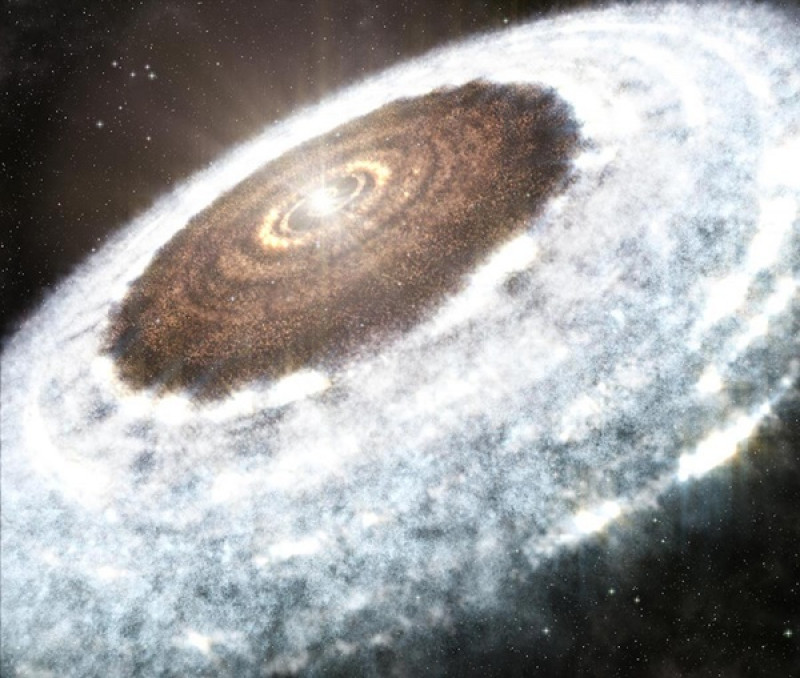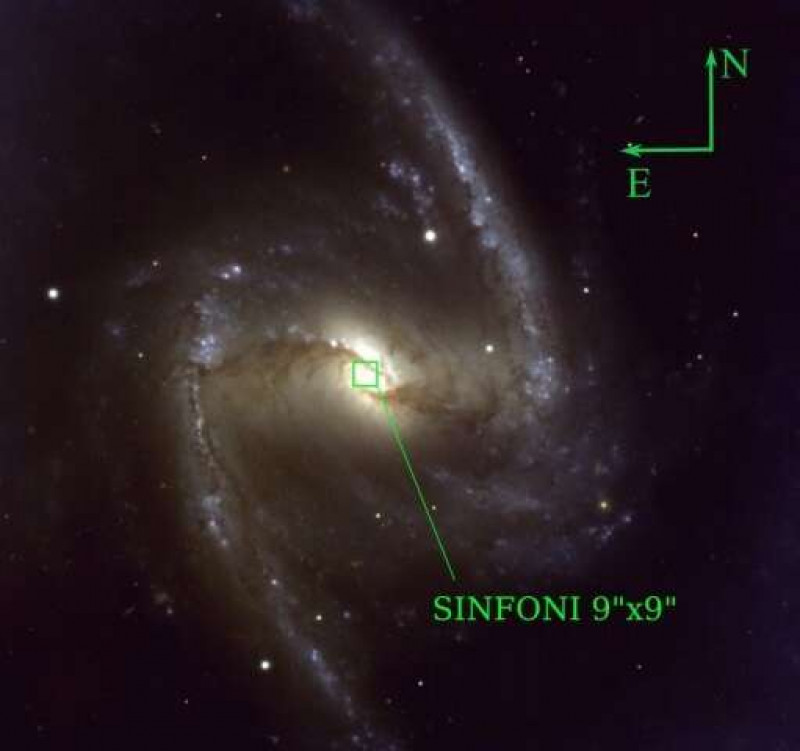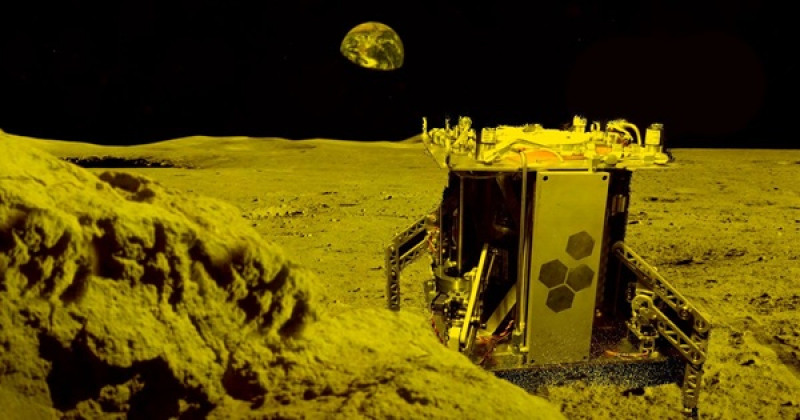News
The Sky This Week from February 22 to March 3
Saturday, February 23rd 2019 09:11 PM
Friday, February 22One of the sky’s most familiar constellations rules February’s sky from dusk until after midnight local time. Orion the Hunter appears at its highest in the south just as evening twilight fades to darkness, when it stands about halfway to the zenith from mid-northern latitudes. The night sky’s brightest star, Sirius in the constellation Canis Major the Big Dog, trails about an hour behind the Hunter.Saturday, February 23A pair of fine binocular objects shows up nicely on evenings this week. The open star clusters M46 and M47 reside about a degree apart in the northwestern corner of the constellation Puppis the Stern. The two lie about 12° east-northeast of magnitude –1.5 Sirius, the night sky’s brightest star. The western cluster, M47, glows at 4th magnitude and appears as a fuzzy patch sprinkled with several pinpoint stars. Sixth-magnitude M46 shows up as a hazy collection of faint stars that is hard to resolve under most conditio...
Read More
Read More
Japan's Hayabusa2 shot an asteroid last night
Friday, February 22nd 2019 09:47 PM
Far from Earth, a tiny spacecraft punched an asteroid last night.It didn’t stay long. The touchdown was more of a quick tag, and Hayabusa2 stayed just long enough to fire a tiny bullet into the asteroid’s surface, in order to stir up material.
Because Ryugu is so tiny (less than half a mile across), with hardly any gravity, even this small blow should have kicked up enough space dust for Hayabusa2 to collect – hopefully – about 0.4 ounce (10 grams) of material into the horn that hangs from its underside.
An hour after the planned maneuver, engineers reported that the command to shoot the projectile had gone off successfully, and that the spacecraft was departing the asteroid as planned and reporting in normally. Hayabusa2 should be back on its normal orbit around Ryugu by tomorrow.
You can check out JAXA’s live feed of the event below.
Read More
Read More
This star in Andromeda has exploded every year for millions of years
Friday, February 22nd 2019 09:45 PM
Astronomers have discovered a star in the Andromeda galaxy that has been regularly erupting for the past million years, leaving behind one of the biggest shells of ejected material scientists have ever seen. The new research, which was published last month in the journal Nature, not only marks the first discovery of such a super-remnant in another galaxy, it also paves the way for detecting a potentially massive population of repeatedly exploding stars, called recurrent novae, which may help shed light on how the universe has changed over time.
Swing your partner
The star responsible for this expansive remnant, which stretches over 400 light-years across, is actually from one of the most diminutive types of star: a white dwarf. These stellar corpses are left behind after a smallish star dies and blows off its outer layers, leaving behind only its dense core. But in the case of this remnant, catchily named M31N 2008-12a, the culprit is not your ordinar...
Read More
Read More
Astronomers might soon get more glimpses into the early universe
Wednesday, February 13th 2019 02:24 AM
For decades, scientists have been on the hunt for brilliant galaxies in the distant universe. These quasars were first noticed for being spectacularly bright – some of the most energetic objects ever discovered. But astronomers think many of them – in fact, the vast majority from the early universe – may be in hiding, camouflaged behind much closer galaxies.Because of their brightness, astronomers want to use quasars to probe the era of reionization. This is a time less than a billion years after the Big Bang, when the first generation of stars and then galaxies formed. Quasars are supermassive black holes in the centers of galaxies, actively gobbling material. They’re some of the few objects that can be seen from such a distance, which makes them some of the only glimpses we have of the early universe.Often even quasars are often too dim to see from so long ago (and therefore so far away). But astronomers have a trick to see far away in the universe:&...
Read More
Read More
Iconic NASA missions that improved with age
Monday, February 11th 2019 11:40 PM
NASA is often viewed as the epitome of big ideas and extreme planning. But sometimes even they go above and beyond, either with incredible improvised fixes, or missions that survived the test of time and then some.
Hubble got glasses
The greatest space telescope astronomers have was almost a giant flop. When the telescope launched in 1991, the pictures it sent back were muddled and far below the predicted quality. It turned out a mirror had been ground to the wrong specifications, leaving Hubble’s vision blurry. NASA had a few short years to figure out a fix before the first servicing mission was due in 1993. Since the mirror was too integral a part to replace in space, scientists did the next best thing – they gave Hubble glasses, in the form of COSTAR, the Corrective Optics Space Telescope Axial Replacement system. Astronauts installed the corrective equipment during a space shuttle servicing mission, and suddenly Hubble could return the eye-catching image...
Read More
Read More
Flaring star pushes out "snow line," unlocking previously frozen organic molecules
Friday, February 8th 2019 08:18 PM
One of the fundamental questions in looking for life in the universe is figuring out where the materials necessary for making life are likely to exist. These complex organic molecules are, somewhat surprisingly, found all over: in giant dust clouds in space, and on lonely comets in our own solar system. The question for astronomers is figuring out how they make their way onto planets like Earth.
Astronomers looking to learn about the solar system’s early history often turn to comets, as they formed very early in our history and haven’t changed much since. Alternatively, they can look to other star systems and the gaseous disks around young stars that are still in the process of forming planets.
Astronomers using the ALMA radio telescope have done just that to a young star called V883 Ori 1,300 light years away and found complex organic molecules swirling around it.
Mapping organic molecules
ALMA’s ability to se...
Read More
Read More
Astronomers study star formation and gas flows in the galaxy NGC 1365
Tuesday, February 5th 2019 08:37 PM
Using European Southern Observatory's Very Large Telescope (VLT), astronomers have investigated the galaxy NGC 1365. The study, presented in a paper published January 18 on the arXiv.org pre-print server, reveals essential insights about star formation processes and gas flows in this galaxy.
Located some 56 million light years away in the Fornax cluster, NGC 1365, dubbed the Great Barred Spiral Galaxy, is a barred spiral and ringed galaxy of Seyfert type. Although many observations of NGC 1365 have been conducted to date, it has not been yet thoroughly studied at mid-infrared wavelengths.
In general, mid-infrared observations have the potential to uncover crucial details about molecular gas clouds and ionized gas, which is key to study the distribution and kinematics of the mass-dominating old stellar population in galaxies. Such observations could also provide important information on star formation history and properties of central engines of galaxies.
A team of Eu...
Read More
Read More
Galactic twist: The Milky Way's disk is warped
Monday, February 4th 2019 11:12 PM
The shape of the Milky Way, usually pictured as a flat spiral, may actually be more like a warped and twisted disk. That’s according to a new study of 1,339 stars whose distances could be measured with great accuracy. The resulting map reveals a tipped, uneven disk of material different from our standard picture.
Mapping Pulsating Stars
The 1,339 stars are all Cepheid variables, a type of pulsating star whose intrinsic brightness depends on how long it takes to vary from bright to dim and back again. Normally, it’s difficult to tell if a star is truly bright or simply close, truly dim or simply very far away. Since a Cepheid’s period tells astronomers how bright the star truly is, measuring how bright it appears lets astronomers draw an accurate distance map.
Astronomers looked at data from the WISE survey of infrared stars and noted that it contained a large sample of Cepheids. By measuring their distances and...
Read More
Read More
Researchers develop a steam-powered spacecraft that can hop between asteroids
Saturday, February 2nd 2019 09:51 PM
Thanks to a mashup of science and industry, researchers have developed a prototype spacecraft that can mine water from an asteroid, use that water to generate steam, then use that steam as fuel to hop across the surface of an asteroid — or even jump to an entirely different world altogether. The prototype spacecraft — named The World Is Not Enough (WINE) — was largely developed by Honeybee Robotics in Pasadena, California, with plenty of help from planetary scientist Philip Metzger of the University of Central Florida. “The project has been a collaborative effort between NASA, academia and industry; and it has been a tremendous success,” said Kris Zacny, Vice President and Director of Exploration Technology at Honeybee Robotics, in a press release. “The WINE-like spacecrafts have the potential to change how we explore the universe.”Previously, other teams have tested the specific subsystems needed fo...
Read More
Read More
Scientists just cleared up a mystery about aurorae
Friday, February 1st 2019 07:45 PM
Aurorae: They’re colorful, mesmerizing and, most of all, mysterious. Scientists understand the basic physics behind how charged particles interact with our atmosphere to produce these dancing lights. But the larger mechanics of when, why and how auroras appear still isn’t very well understood.
One particular mystery is that the northern and southern lights don’t always match up like researchers would expect. For years, scientists assumed that aurora borealis and aurora australis would mirror each other. That is, people in the Arctic and Antarctic Circles would see a similar show if their positions were just right. But recent research has shown that’s not the case. And now a team led by scientists from the University of Bergen in Norway thinks they have an answer.
Life in the bubble
If you simply imagine our planet’s vast magnetic field like the classic bar magnet moving around iron filings, you’d ex...
Read More
Read More

